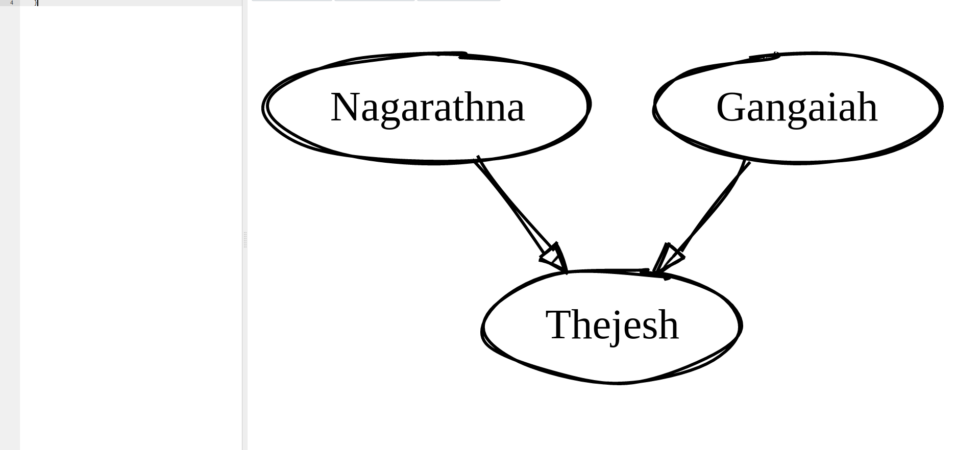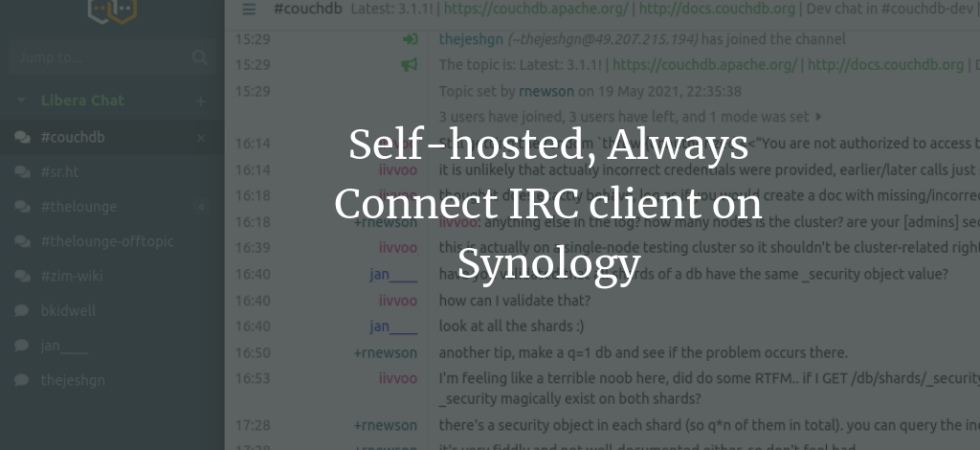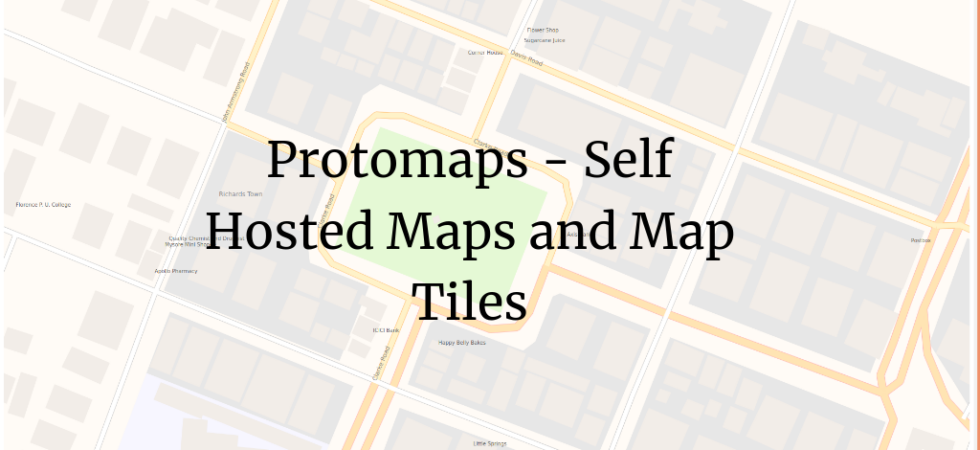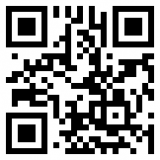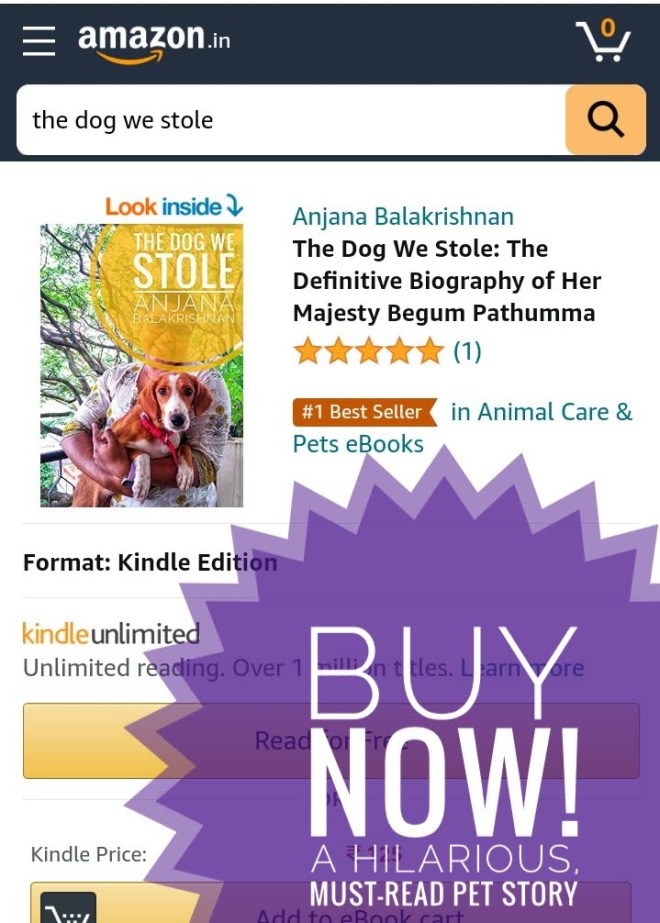Tagged: Free and Open Source
I like drawings to explain stuff. It’s probably the most straightforward way to document things. But the pain of traditional drawings is the inability to track changes to them. It’s easy to track changes to text or code by tracking them in a git. It’s not easy when it’s a binary blob which is what most images are. SVG format helps a lot. I use it as much as possible, but it’s still very verbose, and I think not easy to see the diff and understand what happened over time.
A browser is q sandboxed area where you can access, view, and manipulate the data. Somehow the ability to manipulate the data (website) locally; to suit users’ needs doesn’t get noticed much. This feature is a potent tool in the hands of capable users. The following addons will add to that users’ power.
One big problem is that the IRC communities that I follow are primarily async, are in different timezones, And if you are not online, you will miss the chats. So to solve your desktop machine needs to be online Or you need to use a hosted chat client service that is always connected.
I use a service called The Lounge. It’s a web application that you install on any server (usually a cloud server). It does the same thing, but it is under your control. It’s FOSS software. In my case, I have installed it on my local NAS – Synology.
It’s tough to self-host the maps for Indie users. We usually host the wrapper and styles but end up using third-party tile providers. Even though there are good FOSS options for that, it’s still cumbersome if you are Indie. But Protomaps makes it easy.
We (Volunteers from DataMeet and Road Scholarz) are recording deaths due to the lack of Oxygen, shortage of Oxygen, or denial of Oxygen in hospitals during the second wave of the Covid-19 pandemic in India. The deaths recorded are based on reports from newspapers and news media in English and regional languages, social media, and networks of volunteers working on the ground. We have been tracking these sources, verifying details, checking for duplication, and extracting the necessary information from these reports.
I believe in continuous learning, even if it’s in small steps. I used quite a few tools for that. Here are three of the most often used tools by me. They help me to remember things, explore and learn by building things. I hope you find them helpful too. What are your favorite learning tools?
